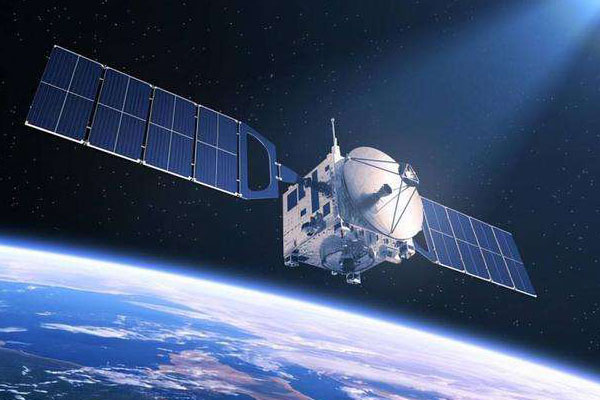Low-orbit satellites are less interfered with by the fierce market and become a stable business source for PCB suppliers. The PCB industry expert says that low-orbit satellites can be used in many fields, and there is still much growth.
Low-orbit satellite PCB development prospects and challenges
TrendForce said that in 2022, with the active promotion of low-orbit satellites by the United States, China, and the United Kingdom, the growth prospect will be strong. It is estimated that the output value of the global satellite industry will reach 308.3 billion US dollars by 2023, with an annual growth rate of 4.5%.
The compound annual growth rate of the overall satellite communication equipment from 2020 to 2026 can reach 19%. After 2026, there is still much room for the growth of low-orbit satellites in the mobile electronics, electric vehicles, ships, and aircraft markets. It is estimated that the growth rate will be even more accelerated.
The PCB supply chain in Taiwan and China has already achieved good performance in different fields, including copper foil, copper foil substrate, HDI, carrier board, etc. The increasing contribution of low-orbit satellites will help optimize product mix and promote gross growth.
The disadvantages of low-orbit satellites to optical fibers
- high initial construction costs
- high maintenance costs.
The advantages
- Almost no communication dead-ends
- fast transmission speeds
- Relatively small delays.
In addition to telecommunications companies, customers can spread to aviation and shipping companies.
There are several components of low-orbit satellites.
In terms of transmitting end, it mainly includes solar panels, head-mounted, receiving antennas, transmitting antennas, propulsion systems, etc.;
In terms of ground equipment, it includes antennas, Netcom equipment, Gateway, cable and power supply device and so on.
For SpaceX, which currently has a market share of 70%, SpaceX has launched 2,600 satellites as of mid-May and has provided satellite services in 29 countries in February this year.
After the price has been raised, the price of user hardware is $599 per month. The monthly rental fee is 110 US dollars, and there is still room for a significant reduction in the cost of satellite launch in the future, and this is also the driving force for PCB manufacturers will reduce equipment costs.
Previously, products and services in the satellite field usually required a long verification time. Still, due to the Ukrainian-Russian war, SpaceX’s Starlink service support shortened the verification period of the satellite network, which also proved that the satellite service has matured. Taiwan is expected to have a Starlink signal landing in the second half of this year or early next year after approval by the competent authority.
Recently, the number of customers of Starlink has exceeded 400,000. It is estimated that in 2028, there will be 9 million users of low-orbit satellites worldwide, and every 10,000 households will need a UT ground antenna. With higher specification standards, these high-end products also bring new opportunities for PCB manufacturers.
In the satellite communication industry, including the satellites and equipment received on the ground, PCB accounts for many output values.
Many PCB manufacturers have achieved good business, such as EASHUB, tin products factory Shengmao, copper Foil Factory Jinju, CCL Factory Taiwan Optoelectronics, PCB Factory Jingpeng, Yaohua, etc.
Final Words
Low-orbit satellites have mature military and national defense applications, and commercial and civilian applications are still in the early stage of development.
For the PCB industry, low-orbit satellites are an emerging application. It is expected that in the next few years, the output value of PCBs in low-orbit satellite-related products will have the opportunity to fast growth.





